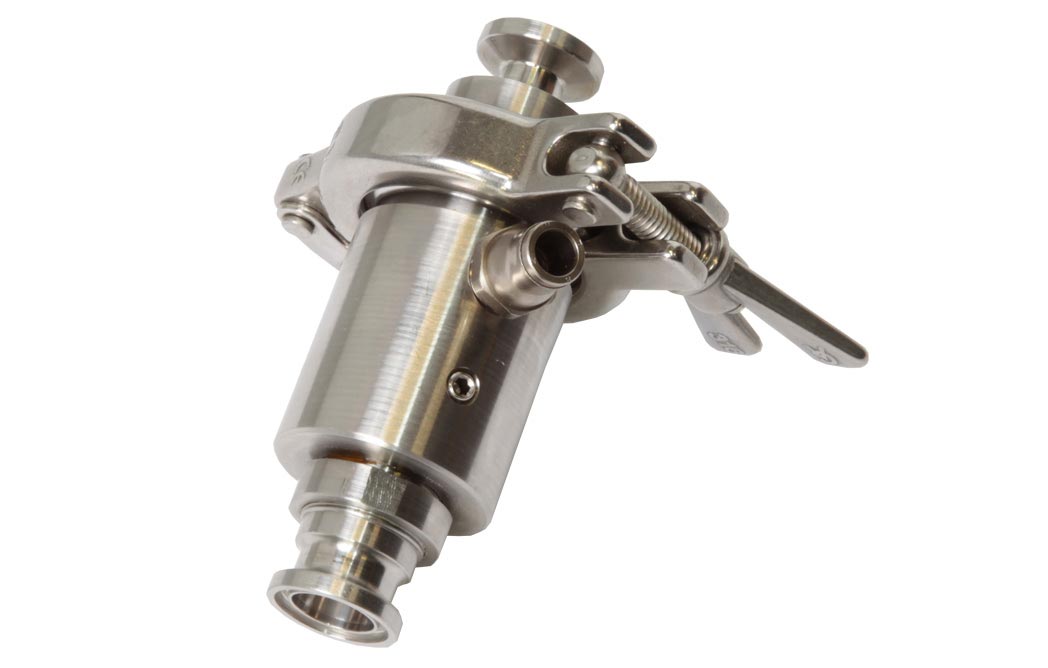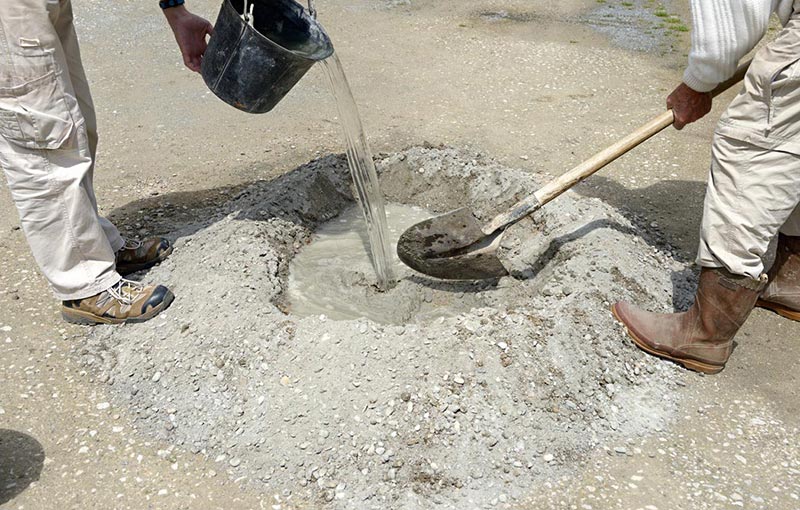On-line fineness measurement of coal
The need for real time particle size measurement of coal
Optimization of the milling of pulverized fuel plays an essential part in reducing NOx emissions and the milling costs associated with grinding the coal to the optimum size. Traditionally coal was mainly supplied from local pits to power stations in the vicinity.
The properties of the coal would be well known and prediction of the optimum milling conditions was attained by years of experience working with the same source coal. Optimization of the milling conditions was attained by years of experience working with the same source coal. Nowadays with the demise of the coal industry in many territories including the UK, coal is sourced for eventual pulverization from overseas e.g. (Australia, S. Africa, Russia and Poland) and the fuel properties and loading profiles of the different coals can vary dramatically depending on the source. Uncontrolled combustion conditions force operators to apply boiler settings that are conservative and far from ideally tuned.
The need for control
If the coal is excessively coarse due to under milling, then there will be higher levels of un-burnt Carbon in the ash. This will adversely affect the efficiency of the process and create a less saleable by-product.
Conversely coal feed which is milled too fine produces areas of high temperature which lead to higher levels of NOx emissions and flame instability with the resultant loss of efficiency incurred by unnecessarily over grinding of the fuel. An optimum particle size distribution between these two extremes is highly desirable to ensure that power generation costs and emissions are kept to a minimum.
Optimum coal size
As a generalization coal should be pulverized until 92% is smaller than 74 microns and ideally there should be less than 2% greater than 300 microns.
On-line real-time particle size measurement system
Measurement of the coal is made by the Xoptix laser based particle sizing sensor. The coal is extracted from the process immediately after the pulverizer. Air (6Bar pressure) is passed through an eductor which creates a vacuum. The eductor is connected to a multi-hole sample probe installed inside the process pipe.
The vacuum causes a constant stream of particles to be transported through the measurement cell inside the Xoptix laser sensor. Real time particle size distributions are attained and updated every few seconds. A grinding circuit can be optimized in a short time by implementation of two user settable 4-20 mA control outputs. The system acts as a watchdog detecting excessive amounts of coarse particles >300 microns as well as ensuring that you are minimizing the amount of energy used to grind the pulverized fuel without the need for insurance over-grinding.
A perfect fusion of proven design and latest technology. Quite simply, the most compact, rugged, best performing in-process particle size analyzers at a fraction of the cost of competitors systems.











